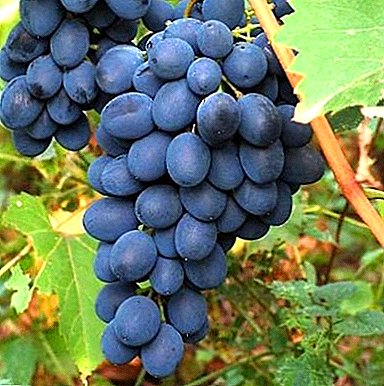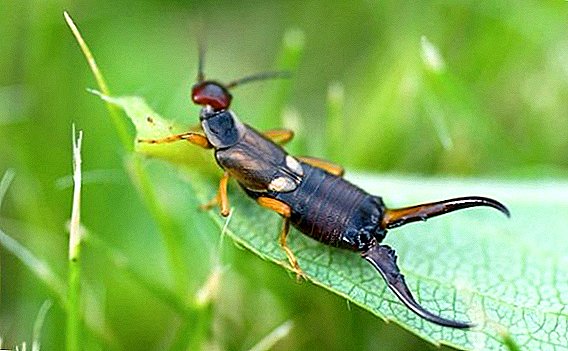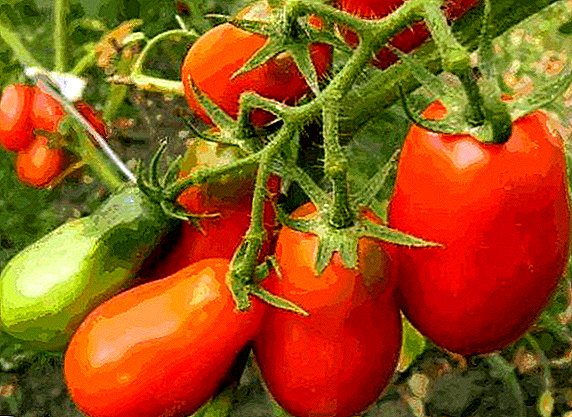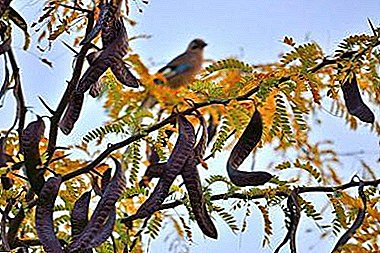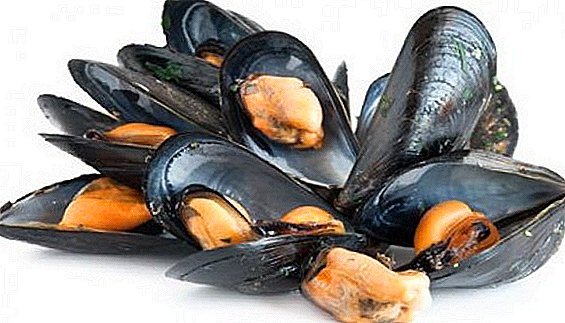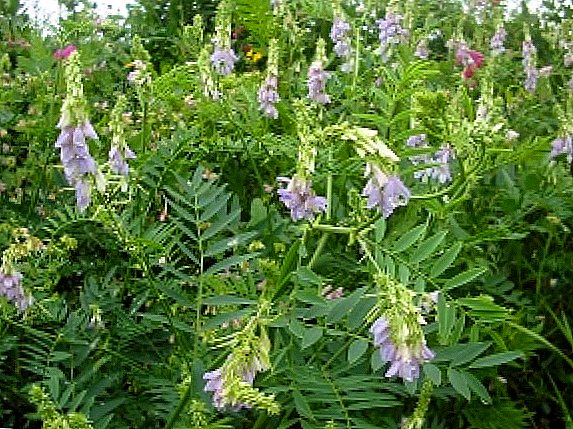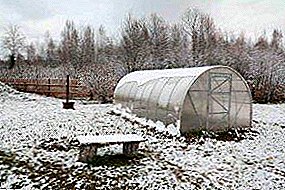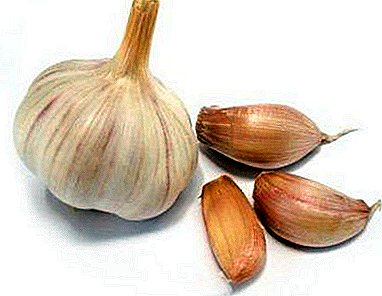
Few farmers are at risk of contacting this variety. He is literally afraid of everything - frost, fungi, birds, and in the overripe form - and wasps.
Mighty, lush inflorescences are very deceptive - clusters are not so impressive, and even "with peas."
True, the clusters are simply perfect, they perfectly decorate the facade and the hedge, it is easy to dry and transport them, and when fresh, this is a real gift of the gods - sweet, tender pulp and the complete absence of seeds.
And they make expensive dessert wines from it. So is it worth refusing the "Royal Ruby" - because of us who do not like sultanas?
Attica, Arsenyevsky and Kishmish Jupiter are also known among the kishmish.
What kind is it?
King Ruby is a pink sommish with medium ripening juice. Often it is confused with the King Ruby subspecies stable, although in fact a synonym for this variety is Ruby Sidlis, which in English means "without seeds."
It is used mainly in fresh or dried form due to its sweet, aromatic taste and lack of seeds. It is very well stored (under the conditions of storage - almost up to three months), dried and transported over long distances.
Good in storage and such varieties Vityaz, Russian Concord and Denisovsky.
Fruits do not crack, do not deteriorate and do not lose their presentation. Used and winemakers for a bouquet of semi-sweet wines.
King Ruby grapes: variety description
A bush with great growth power. Cluster size above average weight 700 - 800 gconical shape. Despite the powerful large inflorescences, the cluster is prone to pea, friable.
Ataman Pavlyuk, Anthony the Great and Korolek are among the strong-growing varieties.
Berry large (approximately 7 g), oval-shaped, light red or yellowish-red, with a strong, thick, edible peel. The flesh is thick, juicy, crispy.
The taste is simple, grape, but not primitive, with nutmeg and pink notes. No seed.
The flower is functionally female, but is well pollinated when there are a number of bisexual varieties. Scape long, dense, pale green color.
The vine is a powerful, reddish-brick color. The ripened shoot is brown with dark red knots.
A photo
Photo grapes "King Ruby":



Breeding history
Homeland King Ruby - United States, California. "Parents" - Emperor and Sultanina varieties of nutmeg.
The variety is capricious and thermophilic, because it is very common in the south - this is the Black Sea coast, Pridonie, the southern regions of Russia, where there are no harsh winters.
To the heat-loving category belong to Hadji Murat, the Cardinal and Ruta.
Characteristic
 Variety loves heat, poorly resists frost, fungal diseases. Its maximum "minus" - 20 degrees Celsius. Resistant to wasps.
Variety loves heat, poorly resists frost, fungal diseases. Its maximum "minus" - 20 degrees Celsius. Resistant to wasps.
King Ruby is very prolific, therefore, to ensure a regular and high-quality harvest, you must not forget to unload the bush from unnecessary shoots and stepchildren. It is well combined with almost any stock.
Sugar content is high - up to 21%. Acidity level - 6 g / cubic dm.
Arkady, Krasa Nikopol and Kesh differ in high sugar content.
If the farmer does not intend to immediately remove the ripened clusters, in order to save more sugar, it is better to pack them in protective nets, because the more King Ruby matures, the more vulnerable he is to the wasps.
He likes extra pollination, fertilizers based on microelements, fruit-forming stimulants, such as "Vympel". Requires mandatory shelter for the winter months.
Diseases and pests
Who hunts for the "royal ruby"? The question is difficult - it is easier to answer who does not hunt him.
So his enemies are:
- Birds - they will not be allowed to the berries hard mesh barrier.
- Wasps (To a lesser extent) - poisonous sticky traps or mesh fine-meshed bags for bunches.
- Phylloxera. Against it, preparations containing serogulerod are good, with a concentration of at least 80 cubic meters. cm / sq. m. This is the dose when the pests are eliminated, and for the bush there are chances to survive, because carbon disulfide. unfortunately, the grapes themselves are ruining.
- Mealy Dew (oidium and mildew) - spraying with sulfur-containing preparations, such as Horus, Topaz, Kuporos, Skor, Cumulus-DF, Tiovit-Jet, will help.
- Rotten Against white, gray, black rot, Topaz, Topsin-M, Ronilan, Euparen-Flo, Antracol, Folpan, Mikal, and Derozal are good.
- Bacterial cancer. The best fight against it is prevention: thinning the bush, cleaning the area around the bunch of leaves, so as not to interfere with the wind and the sun. Sick bush only uproot.

If you decide to plant this treasure, be prepared for the fact that King Ruby has a lot of trouble. This is precisely the very moment where it should not be confused in any way with a stable fellow.
If you are ready to defend it from attacks of rot and mealy dews, protect it from the cold, then the result will not take long - sweet, fragrant beloved kishmish will not be transferred to your table.
For those who prefer more unpretentious varieties, suitable Aleshenkin Dar, Muscat Delight and Ideal Delight.



